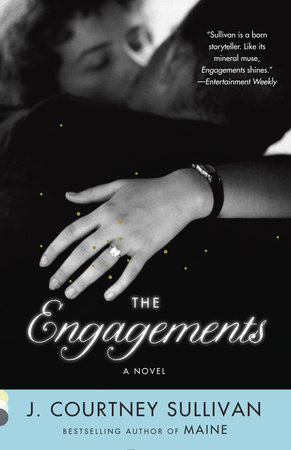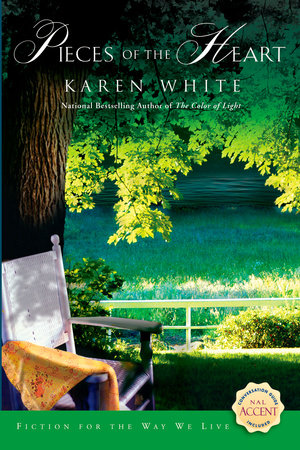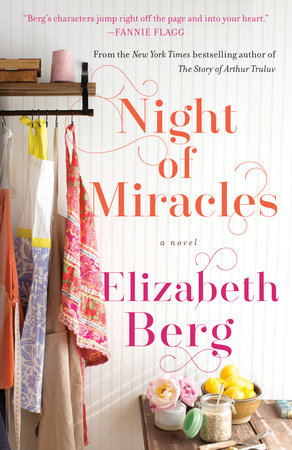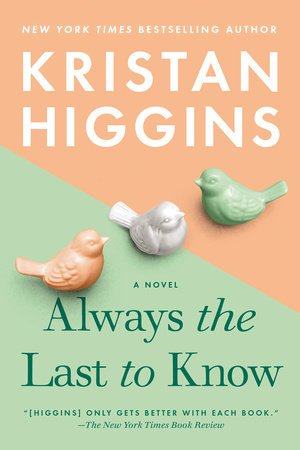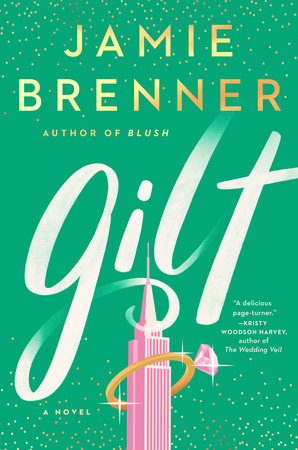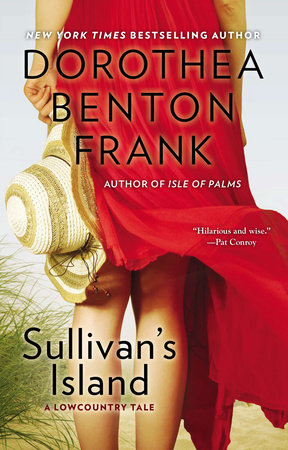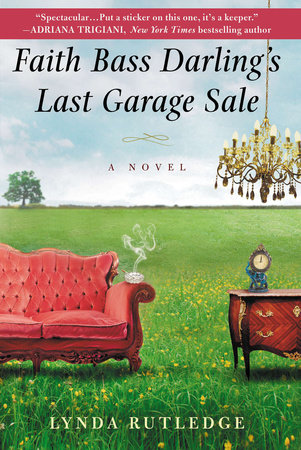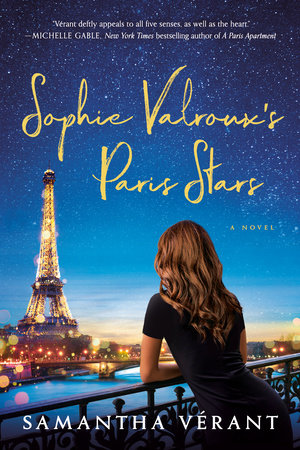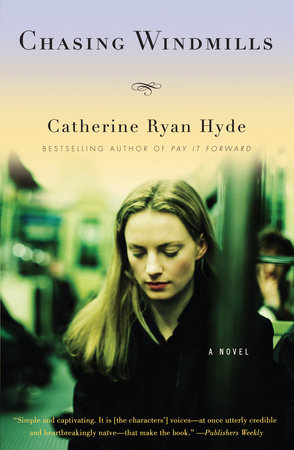Q: What inspired you to write THE ENGAGEMENTS?
I knew I wanted to write about marriage in all its complexity and at various stages. About why we choose the mates we do, and what happens next. A few of the characters had been floating around in my head for a while. I had this idea of a couple who have been married for decades, and came together in the first place because of a mutual loss. They turned into Evelyn and Gerald. And I kept thinking about paramedics—what was it like for them to go into the homes of strangers, whose only common trait was the fact that they weren’t expecting to need an ambulance that day? And so James came into being. Delphine started as an image: A beautiful French woman trashing the apartment of a man who had wronged her.
The cast of characters allowed me to explore marriage from every angle: James married his high school sweetheart and they’re in that frenzied period when kids are young, money is short, and there’s very little time for each other. While Evelyn and Gerald are retired, long married, but struggling with their son’s divorce. Delphine tells a story of marital infidelity. And Kate resists the very idea of marriage.
Q: A character you feature, Frances Gerety, was an actual ad writer in the 1940’s who wrote the line “A Diamond is Forever”. Why did you choose to include a real-life character, Frances specifically?
I started off with the other four main characters. But I felt like there was someone missing. I always thought I might include diamonds, because while the stories are really about the everyday, nitty gritty parts of marriage, diamonds represent a sort of perfection and hopefulness. And they’ve been a symbol of marriage for so long. I was reading Tom Zoellner’s wonderful book, “The Heartless Stone” and there was one sentence about Frances Gerety in it. It said she had written the line “A Diamond Is Forever” in 1947 and that she herself never married. I knew right away that I had to write about her. (I actually wrote “Put her in the book!!!!” in the margins.)
I wanted to be as true to who Frances was as I possibly could. She passed away in 1999, but I feel I’ve gotten to know her. I’ve interviewed several of her former co-workers, neighbors and friends. I’ve stood in the rooms of her house, read her correspondence, and made a photo album of her pictures, which includes a four page spread of her dog, Blazer. I am tremendously fond of Frances. She was a sharp, bold, tough woman with a great sense of humor, who often defied convention. I wrote this book with her photograph hanging over my desk. Now that I’m on to other projects, I still haven’t taken it down.
Q: What can you tell us about the internal N. W. Ayer diamond memos you quote from?
In 1982, Edward Jay Epstein wrote an incredible article for the Atlantic Monthly called “Have You Ever Tried to Sell a Diamond?” It chronicles the ways in which the advertising agency N.W. Ayer (where Frances Gerety worked) helped De Beers create the American obsession with diamond engagement rings. There are many different kinds of marriage depicted in the book, and I’d say one of them is the marriage between N.W. Ayer and De Beers. In the Atlantic article, Epstein quotes from confidential annual reports that Ayer presented to De Beers. The quotes are fascinating and I wanted to include the reports in the book. But it was important to me that I see the original reports with my own eyes. For two years I searched, following leads that took me to the archives at Boston University and the Smithsonian Institution, among other places, without luck. Days before I had to hand in the novel, I went to Frances Gerety’s former house at the invitation of its current owner. She gave me several boxes to take home. They contained the only things Frances left behind when she moved: Hundreds of photographs and, to my amazement, the annual reports!
Q: You feature a paramedic, a successful classical musician, and an advertising gal of the 1940’s, amongst others. Quite a diverse group! What can you tell us about your research for the book?
This was my first novel that wasn’t rooted in a world that I knew well. I wanted to get it right, so I did extensive research for every character and I had a tremendous amount of fun doing it. If there were no such thing as deadlines, I’d still be researching this book. I started off by reading a hundred years’ worth of newspaper articles to get a sense of what was happening in the world around the characters at any given time. And then I went to the experts.
Frances Gerety’s co-workers provided insight into the business of advertising in general and N.W. Ayer in particular. The Cambridge, Massachusetts paramedics took me on ambulance ride-alongs and answered hundreds of questions. I was lucky enough to convince the violin virtuoso Anne Akiko Meyers to let me interview her multiple times, and I wrote P.J. (the virtuoso in the book) with her music playing in the background. To get the character of Delphine right, I interviewed women who had moved from Paris to New York, and I traveled to Paris, where I spent time walking the steps that Delphine would walk every day. I picked a location for her shop on a quiet street in Montmartre, and for her home on a little private road just around the corner.
Q: THE ENGAGEMENTS is set in 5 different time periods, from 1947 to 2012. Why did you choose to structure it this way?
Each character tells the story of a marriage, and together their stories span a century. I was most concerned with their individual journeys, but at some point I realized that taken as a whole, they presented an interesting picture of how marriage has changed (and stayed the same) over the past hundred years. In Evelyn’s childhood, divorce was rare and rather shocking, while Kate grew up at a time when more of her friends had divorced parents than married ones. In Evelyn’s present day, Americans are only starting to get their heads around interracial marriage, while Kate has just seen the laws change in New York in favor of same sex marriage. Each character reflects on his or her childhood, which I thought was essential given how strongly our parents’ marriages can influence our own.
Q: You are getting married in June. What was it like for you to write about marriage in the midst of planning for your own wedding?
When you write a novel, people often ask which character is based on you. I always find that two wildly different characters can represent parts of the way I see an issue. And so it was with The Engagements. I wasn’t yet engaged when I started writing it. If you asked me then what I thought about weddings, I would have put myself closest to Kate, who can’t understand why her beloved cousin Jeff is so wedding obsessed. I never thought I’d have a wedding or wear a big flouffy white dress, or any of that nonsense.
One of the first chapters I wrote from Kate’s point of view included the passage: “Everything about weddings made her skin crawl, nothing more so than the brides who wanted to be different somehow—‘I’m not like other brides!’ all her friends had declared, before promptly acting like every other bride in the history of brides.” I may as well have been writing about myself, because once I got engaged, all my wedding resistance went out the window, although I continued to feel weird about it. It was sort of an out-of-body experience.
Another line of Kate’s, when she’s critiquing her cousin’s crazy behavior: “Entire days were lost to TheKnot.com.” Guilty as charged. But the great thing was, I could spend hours bingeing on wedding nonsense and really get into Jeff’s head that way, and afterward I would write about how ridiculous it was from Kate’s point of view.
